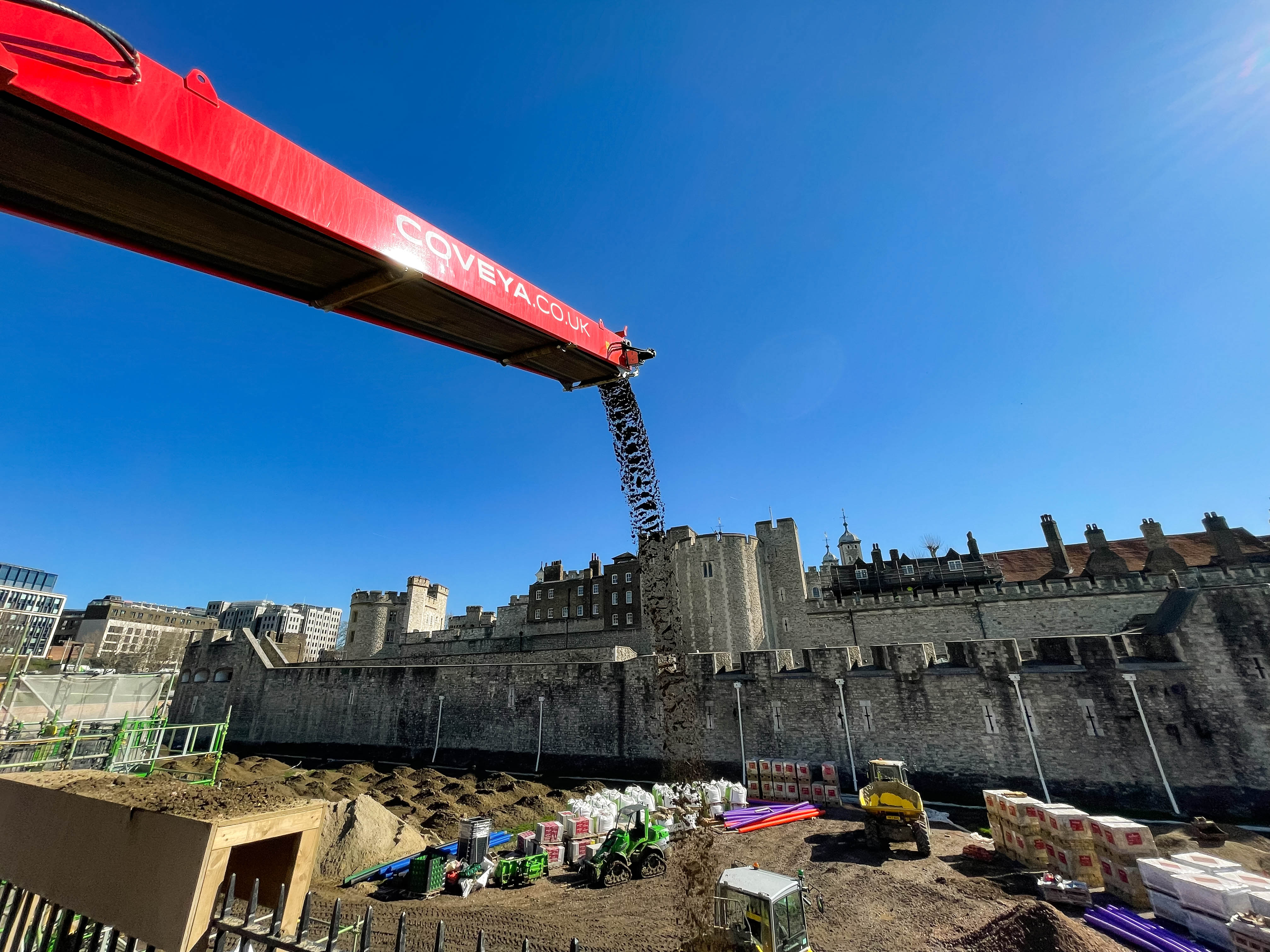- Amanda
- November 5, 2019
Conveyors – a fascinating history

Most of us take conveyors for granted. They play such an important part in our lives and we don’t give them a second thought. From moving our groceries so that we can pack them with care, safely (we hope) transporting our luggage from an aircraft to the arrivals hall or moving and sorting the millions of tonnes of recycling we produce every year, conveyors make the world go around.
*Conveyor belts have existed since the late 18th century. They were made of short leather belts running on wooden rollers and were powered with hand cranks and a series of pullies, moving goods onto ships when they were in port. Then came the industrial revolution and steam power made its mark, enabling conveyors to move far quicker and in 1804, the British Navy used steam conveyors to make biscuits for its sailors.
In 1892, Thomas Robins invented the next generation of conveyors to carry coal and ores, making the movement of natural materials, safer, quicker and easier. In 1901 the first steel belt was invented in Sweden and that was quickly followed in 1905 by Richard Sutcliffe who invented the first coal mining conveyors that revolutionized the industry.
The first roller conveyors came along in 1908 and in 1913, the great Henry Ford introduced conveyor belt assembly lines at his Michigan based Ford Motor Company HQ that kept the new automobile industry moving.
During the second world war, synthetic materials came into their own as natural products including cotton and rubber were needed for the war effort and so synthetic rubber, rolling systems and V-belt assembly became common place.
The modular conveyor belts that we know and love today started life in the 1970s. With the invention of modern materials and an investment in design and manufacturing, conveyors continue to work hard each and every day, supporting a massive range of global industries and making everyday tasks easier and safer.
There is no doubt that if the British Navy could see conveyors now, they would be amazed. They are efficient, quiet, robust, mobile, modular, engineered from high performance materials and weatherproof. They have millions of uses and modern-day life would grind to a halt without them. That’s why, at Coveya, we love everything conveyor.


